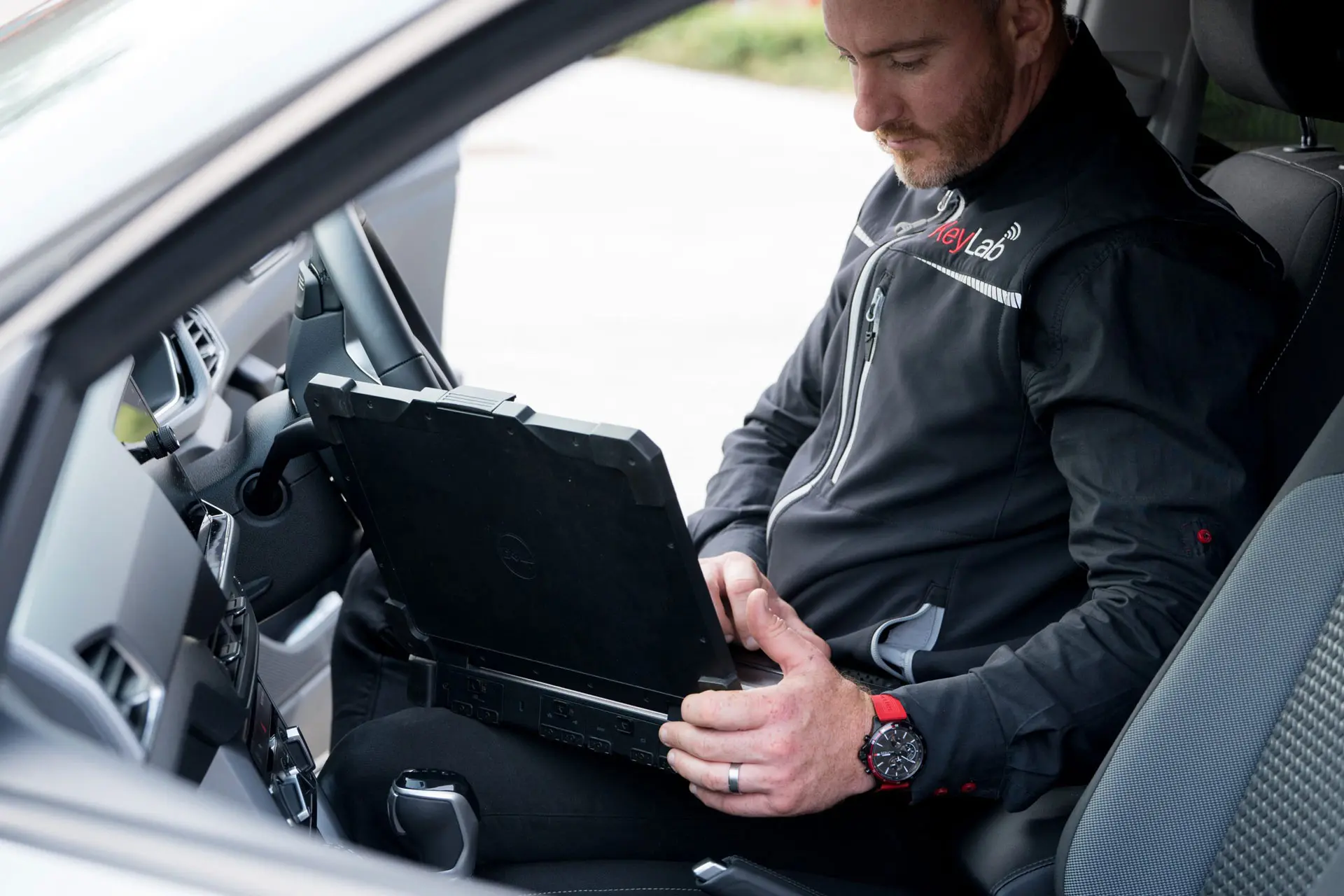Understanding Car Key Transponder Programming
In today's automotive landscape, the combination of advanced innovation has ended up being associated with vehicle security. Among the most significant advancements in this area is the introduction of transponder keys. Car key transponder programming is a necessary procedure that makes sure automobiles are safe and secure from unauthorized gain access to while offering convenience to owners. This short article explores what transponder keys are, how they work, the programming procedure, and responses to some frequently asked concerns.
What is a Transponder Key?
A transponder key is a kind of ignition key which contains a small ingrained microchip. This chip communicates with the vehicle's immobilizer system. Transponder keys are developed to boost vehicle security by preventing hot-wiring and unauthorized engine begins.
Key Features of Transponder Keys:
- Embedded Microchip: Each key includes a special code that represents the vehicle's ignition system.
- Immobilizer System: This system recognizes the key's distinct code and allows the engine to begin only if the proper key is used.
- Enhanced Security: Transponder keys are considerably more difficult to duplicate than traditional keys, minimizing the risk of theft.
How Transponder Keys Work
Transponder keys run on a straightforward principle of radio frequency recognition (RFID). When the key is inserted into the ignition or brought near the vehicle, the following series takes place:
- Signal Transmission: The vehicle's ignition system sends out a radio signal to the transponder key.
- Code Response: The ingrained chip in the key receives this signal, activates, and returns its unique code.
- Confirmation: The vehicle's computer system validates the received code. If it matches the stored code, the engine will begin; if not, the engine stays debilitated.
Advantages of Transponder Technology:
- Improved theft avoidance.
- Benefit of keyless vehicle starting (in some systems).
- Lowered costs related to insurance coverage premiums due to improved security measures.
The Car Key Transponder Programming Process
Programming a car key transponder is a crucial action that permits a brand-new key to communicate with the vehicle's immobilizer system. The procedure can differ based on the make and design of the car however typically includes the following actions:
Steps Involved in Transponder Key Programming:
- Obtain a New Transponder Key: Owners need to first acquire a blank transponder key compatible with their vehicle.
- Access the OBD-II Port: For modern-day automobiles, programming usually requires an On-Board Diagnostics (OBD-II) scanner that links to the OBD-II port.
- Turn on the Ignition: The ignition must be turned to the "On" position without beginning the engine. This enables the system to recognize that a new key is to be set.
- Follow Programming Procedure: Depending on the vehicle, follow the specific programming steps offered by the producer, normally detailed in the owner's manual. This may involve pressing specific buttons in a particular order.
- Test the Key: After programming, it's necessary to test the key by attempting to start the engine. If visit link , the key is appropriately set.
Tips for Successful Programming:
- Consult a professional locksmith or dealership for complicated programming procedures.
- Ensure battery levels in the key fob and vehicle suffice.
- Follow the directions closely to avoid mistakes.
Typical Issues with Transponder Key Programming
Despite the seemingly simple process, various problems might emerge during programming. Below are some typical challenges:
- Key Compatibility: Using an incompatible key can lead to programming failures.
- Faulty Equipment: A malfunctioning OBD-II scanner might prevent access to the programming menu.
- Weak Key Batteries: Insufficient power in the key fob can disrupt interaction.
Regularly Asked Questions (FAQs)
1. Can I set my transponder key myself?
While lots of cars permit DIY programming, some designs need specialized devices or software application. If uncertain, it's best to seek advice from an expert locksmith or your vehicle dealer.
2. What if I lose my transponder key?
If a transponder key is lost, it's recommended to get in touch with a qualified automotive locksmith or your car dealership for a replacement. They can program a brand-new key based on your vehicle's VIN (Vehicle Identification Number).
3. How much does it cost to set a transponder key?
The cost differs widely, depending upon the vehicle make and design, and whether you pick to go through a dealership or a locksmith. Prices normally range from ₤ 50 to ₤ 150.
4. What takes place if my transponder key quiting working?
If your transponder key quiting working suddenly, it could be due to a dead battery or concerns with the vehicle's immobilizer system. visit link 's suggested to have both the key and the vehicle inspected by an expert.
5. How frequently should I replace transponder key batteries?
Transponder key batteries should be replaced every 2 to 3 years, though this can vary based upon use. Indications of a dying battery consist of problem beginning the vehicle or the key fob not operating at all.
Car key transponder programming is a crucial process for contemporary vehicle security and benefit. Comprehending how transponder keys function and how they are configured can empower vehicle owners to manage their vehicle security efficiently. As technology continues to progress, remaining informed about these developments will assist owners protect their assets and ensure their cars operate efficiently.
Summary Table: Key Features of Transponder Keys
| Function | Description |
|---|---|
| Embedded Microchip | Includes a special code for vehicle identification |
| Immobilizer System | Avoids unapproved engine begins |
| Improved Security | Hard to duplicate compared to conventional keys |
With improvements in technology, the significance of understanding and successfully managing car key transponder systems can not be overemphasized. Improved vehicle security not only safeguards your investment but likewise ensures comfort on the roads.

